How much Wilderness is possible in Germany?
In 2007, the German government officially declared a 2% Wilderness goal until 2020. This made Germany a pioneer in the protection of Wilderness around Europe. To reach this goal, the Ministry for Environment has gathered a wide alliance of NGOs. The European Wilderness Society has also supported the initiative since our establishment.
Please also read: Germany Can Reach 2% Wilderness
Wilderness areas in Germany
After the goal was clear, the first step was to define Wilderness. Due to the lack of a common Wilderness definition in Europe and worldwide, the European Wilderness Society supported this process by disseminating and testing the European Wilderness Quality Standard and Audit System (EWQA) across Germany.
We could identify Wilderness at Königsbrücker Heide Wilderness, Hainich WILD Forest, Jasmund WILDCoast and Vilm WILDIsland. And there is plenty of potential Wilderness like the Wadden Sea.
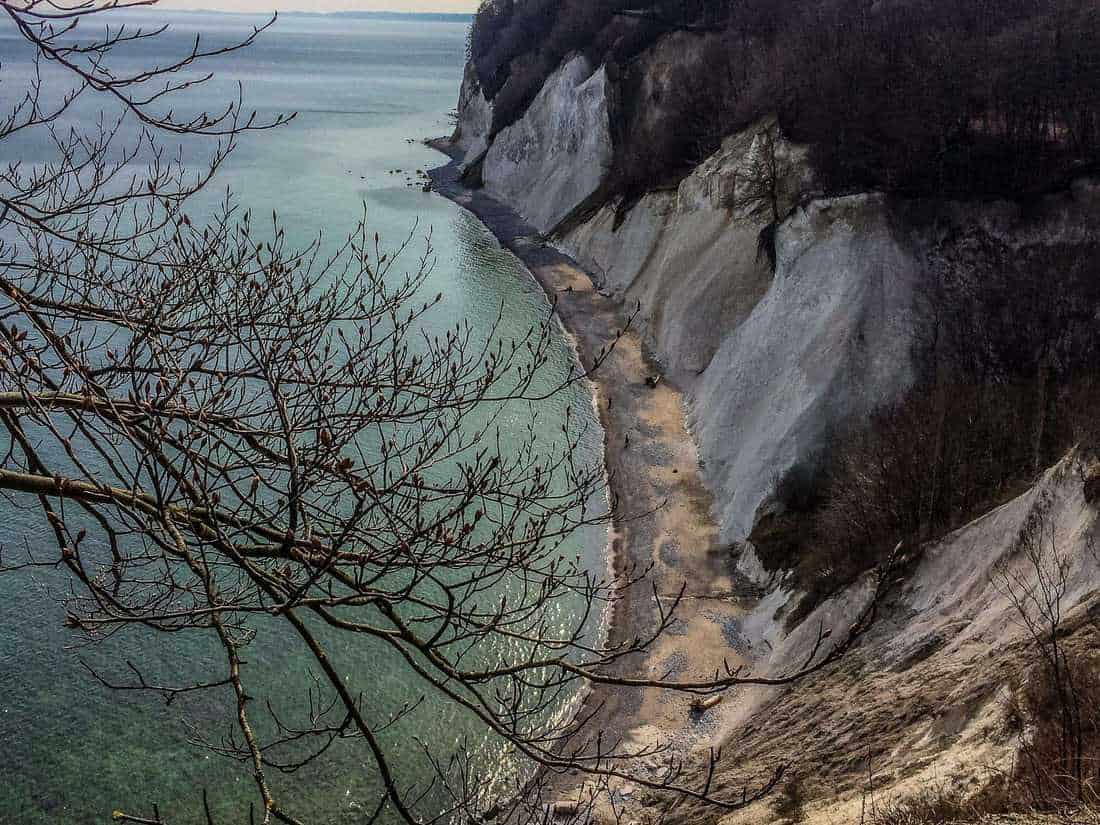
Jasmund WildCoast 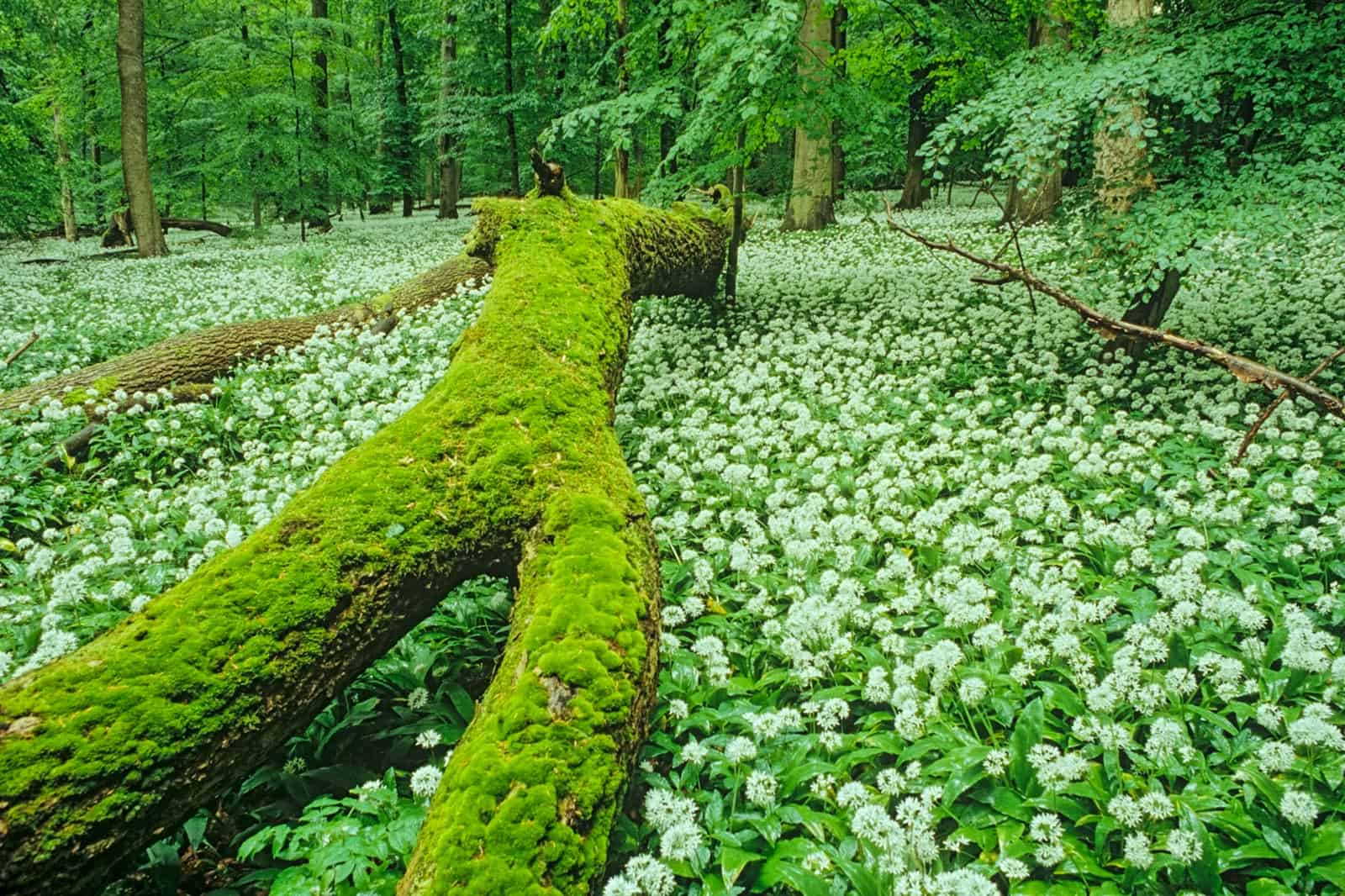
Hainich WILDForest 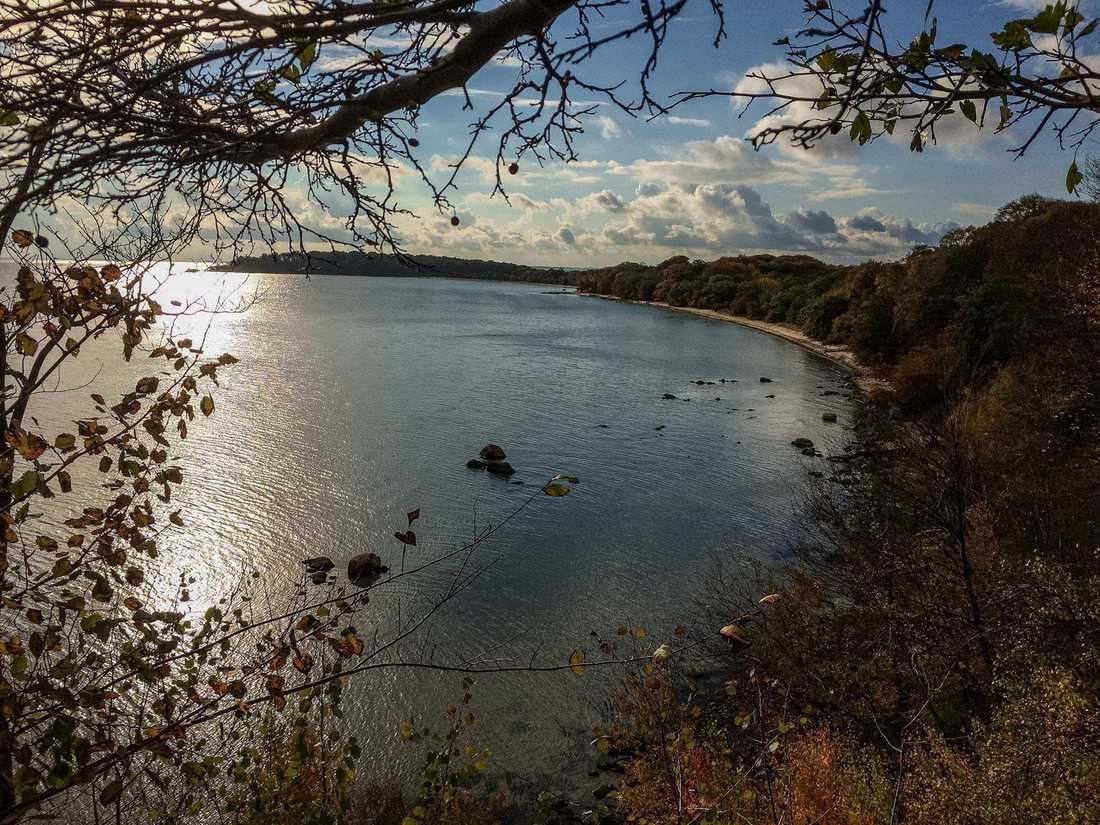
Vilm WILDIsland 
Königsbrücker Heide Wilderness
0.6% instead of 2%
But despite common efforts, Germany achieved little in terms of actual protected area size. Until now, half a year before the deadline, not 2%, but 0,6% of the total area of Germany have been designated as protected Wilderness. But that does not mean that nothing has happened. It took ten years, until 2017, to define robust and future-proof criteria for Wilderness in Germany. They are in line with the EWQA and require a viable minimum size of 1000 ha, which ensures the sustainability of designated Wilderness areas.
Hence, it is about time that action follows. To achieve this ambitious goal within the next few years, potential Wilderness has to be identified and protected. Several studies examined exactly this issue. Where does Wilderness already exist in Germany and which areas can be turned into Wilderness with adequate measures?
Current and future Wilderness in Germany
The first scientific study about this topic was started in 2012 and published in 2015. It came to the conclusion that 2% Wilderness in Germany are possible in line with the existing criteria. However, the results also made clear that a lot has to happen. At that point in time, only 0.37% (1320 km²) of Germany were Wilderness, of which 80% were in the core zones of National Parks. Another 850 km² were already designated to stop extractive uses, which adds up to the current 0.6%.
The potential Wilderness is very unequally distributed throughout Germany. The lion’s share of current German Wilderness is located in the Alps, where rugged terrain makes its use impossible. In the fertile lowlands and Alpine foothills, Wilderness barely stands a chance against settlements, agriculture and forestry.

The study also identified possible Wilderness in Germany on 3,52% of its territory. Possible Wilderness exists mainly in natural forests, mountainous areas and ‘Wilderness Development Areas’ on abandoned military grounds and coal mines. In addition, there are areas along coasts, rivers and moors, where 500 ha are enough to create Wilderness accoring to the criteria.

Potential for large forest Wilderness
A new study published in 2019, however, identified a much larger potential for Wilderness in Germany. According to the study, 10.3% of German territory could be turned into Wilderness. And they only used forested areas as possible Wilderness. Since only 32% of Germany are covered by forests, this means extractive uses in roughly a third of German forests must end, though.

Money is a key issue
Competing land use is often the biggest issue for protecting Wilderness. Another analysis by the German Department for Environment identified the competition with different uses as the biggest obstacle for enlarging Wilderness in Germany. The problem is that Wilderness does not create any revenue for landowners. In reaction, Germany created a Wilderness fund, which finances land purchase for the purpose of turning this land into Wilderness.
We want to create more Wilderness in Germany again. WIth the Wilderness fund, we support the states in protecting and creating Wilderness areas.

Both studies proof that there is potential for Wilderness is everywhere. The limits for Wilderness are not population density or remaining pristine nature, but competing land use and political will. Let´s hope that Germany will reach its goal soon and prove that Wilderness is their priority – as promised.






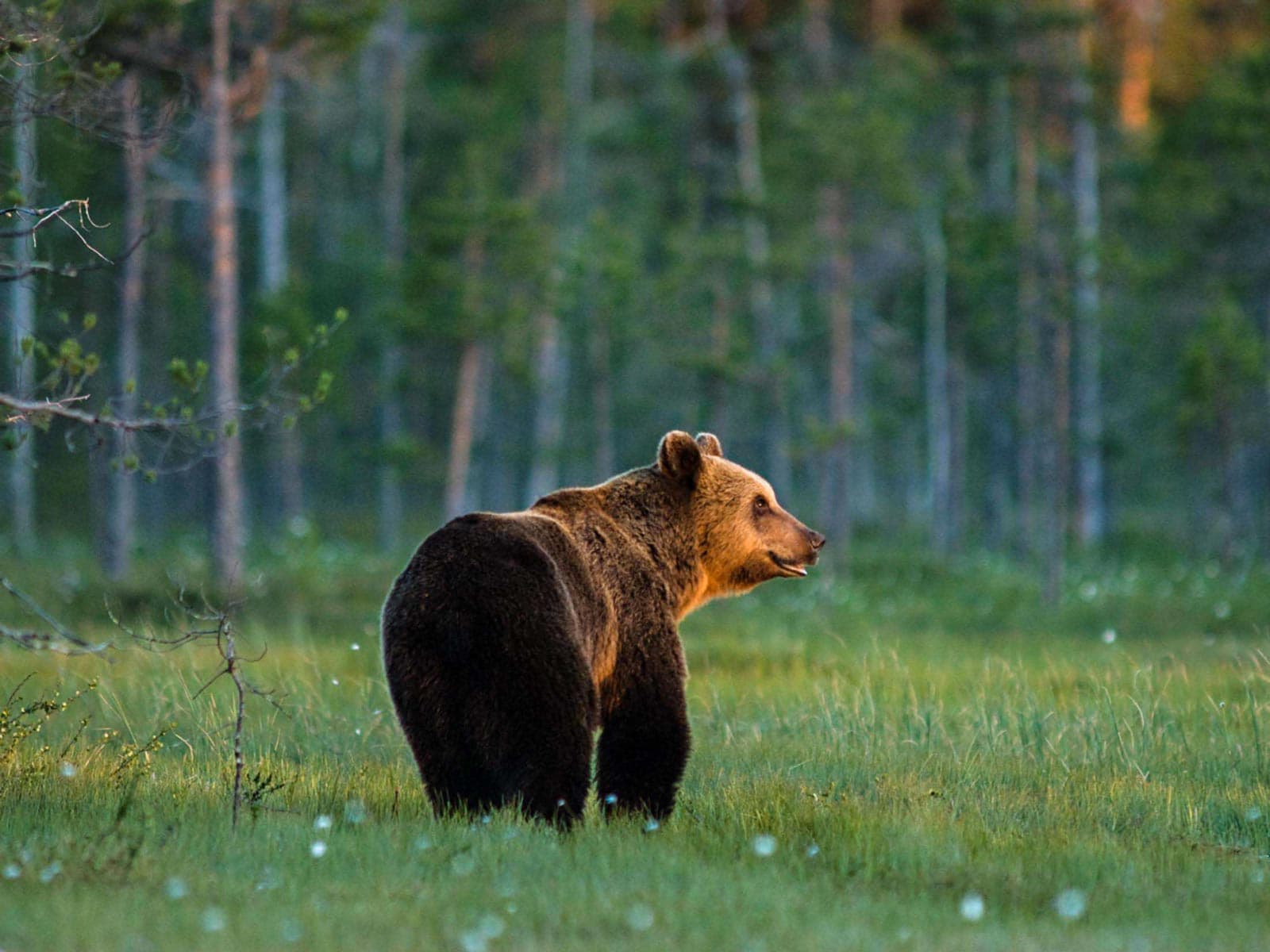

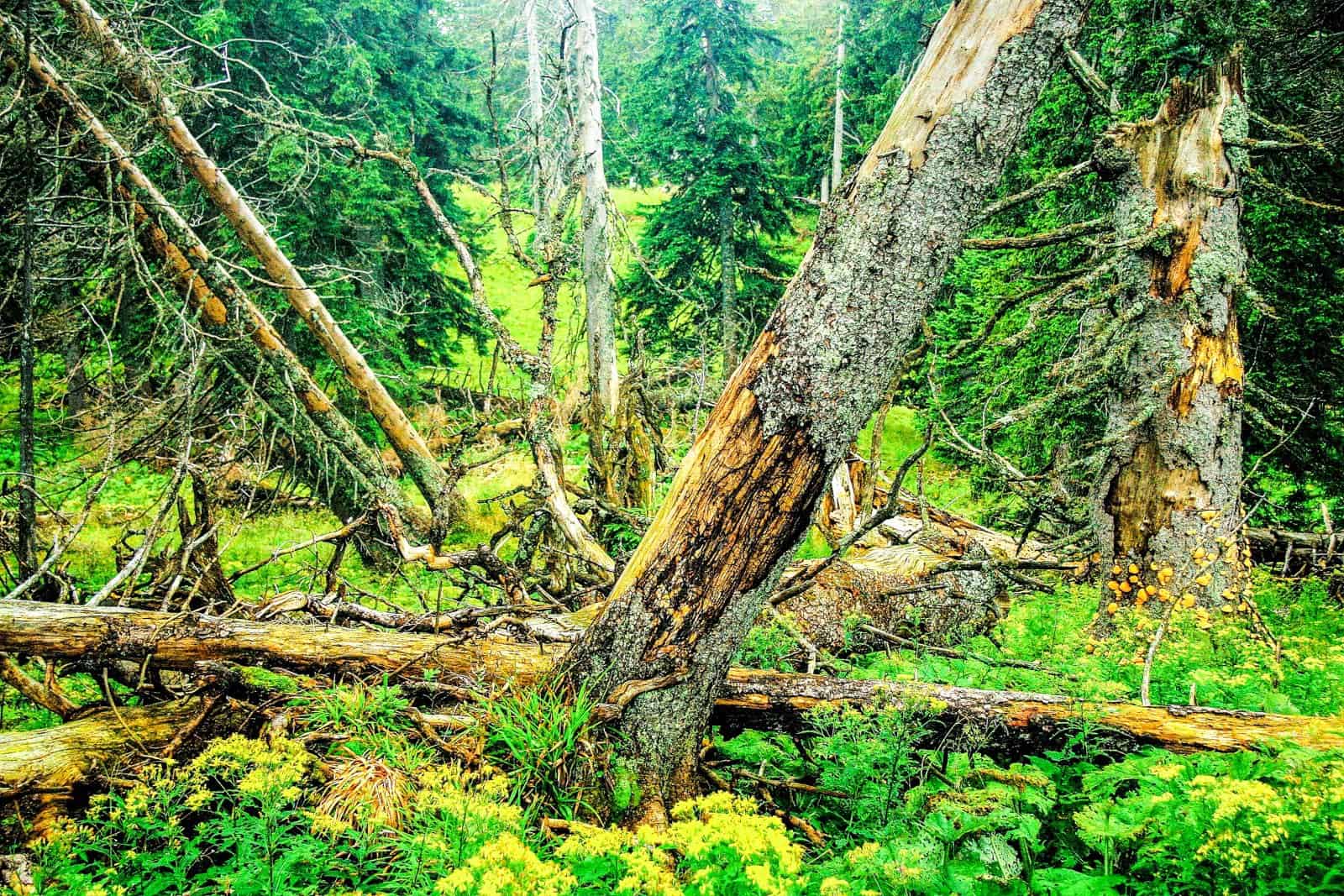



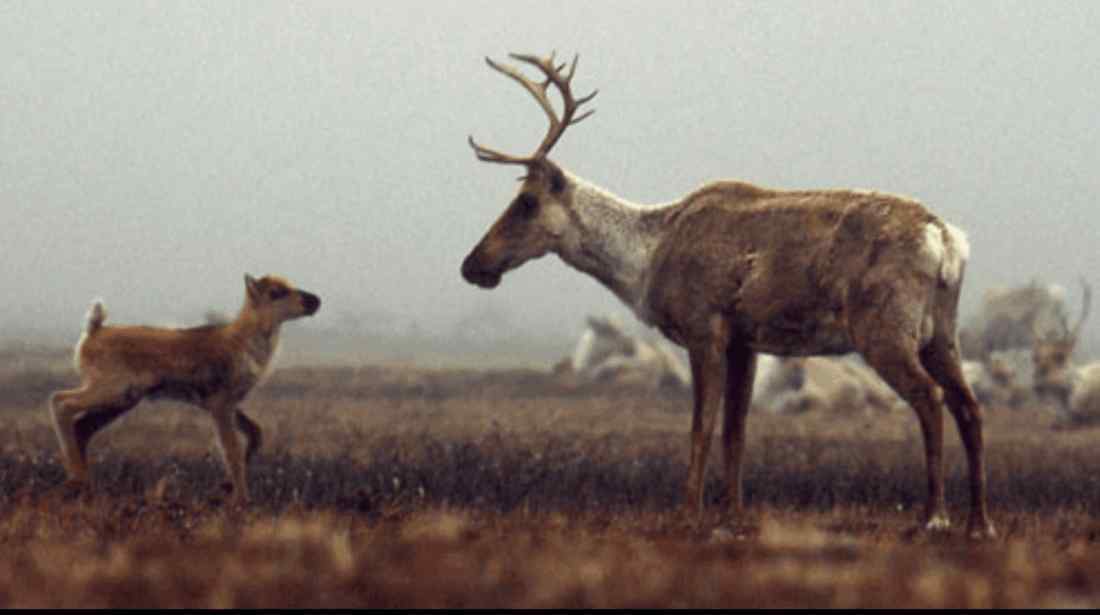

That is brilliant that Germany is making a positive effort not only to protect but create more wilderness. Population growth and immigration are a real danger if this is to become a reality. Hopefully, the population will decrease and we will see the return of other species such as the Brown Bear.
Most people in the U.K are ignorant about Germany , it’s varied landscape and wildlife and it’s potential as a holiday destination. Their knowledge tends to be about the names of cities that were bombed in WW2 & therefore not worth visiting. The Black Forest is known because of the gateaux and Bavaria for Lederhosen and perhaps Neuschwanstein Castle. Apart from that the country gets little exposure from the Official Travel & Tourist office.